So here we have yet another varied bunch of figures…from a varied bunch of companies. But they’re all aquatic, so that’s a connection!?
FUL Snail (Periwinkle) large and small marine sets
First up, a quick look at a pair of FUL marine set figures. This is the second snail from the set (I looked at the small Whelk here) but are less identifiable. I am also picturing the figures from the large marine set and small marine set. Mainly because they look nearly identical, and because there isn’t much to say about them. In fact, if they weren’t part of an otherwise entirely marine series, they could probably be considered some kind of garden snail. For now I consider them to represent a periwinkle of some kind, but haven’t put a lot of thought into it. Good background figures or accessories to larger displays, they are reasonably well made–and in two sizes! But on their own, probably not the most exciting or necessary figure.
Yujin Freshwater Fish Pictorial Book 2 (revised) Amur Catfish
Next up, a wonderful catfish figure from one of the Yujin Freshwater Fish Pictorial book series. This is their Amur catfish, number 21 in the series. And it is part of the revised series; it can be tricky to tell if the associated papers are not included as most of the revision is the paint jobs, and many of them are subtle. For this catfish, though, the differences were pretty clear. The revised series features a lot more detail–it is possible to see very faint but clear black vermicualtions across the body, for example.
As always for the Yujin freshwater fish series, this figure is incredibly well-made. There is a tonne of detail in the sculpt, and the aforementioned paint scheme really brings it out well. Plus, the way the fins are left translucent really makes these models pop with realism–it is something that is usually only seen in models where the figures are in separate pieces made of plastic, but the Yujin ones are (with a couple of exceptions) single-piece models made of PVC. This is also great because it leaves the figures more durable for handling or dropping (!) and gives them an even more lively appearance–this catfish feels like it is swimming. Of course, the whiskers are flat against the body because there are tradeoffs sometimes…anyway, as always I highly recommend this figure. They are getting harder to find but not impossible, especially if you aren’t worried about what series you get.
Yowies Lost Kingdom Series A Devonian Trilobite
Finally we have a trilobite figure from the first Yowies Lost Kingdom series, Series A. It is number 5 in the series of 50 and labelled as Devonian Trilobite. However, the small info paper that it comes with refers to it as Kettneraspis (which is at least Devonian). As with all Yowies, it is in multiple pieces, and in this instance that has really made the figure stand out. These different pieces are in different colours, and allowed the designers to give proper attention to the legs and antennae as proper, very thin structures. Many models of all kinds of sizes skip over this, leaving out the antennae and leaving the legs flat against the bottom of the animal. Essentially, they look like the shell. But this Yowies figure makes sure that this trilobile looks like a living arthropod, so good on them for that.
I am not sure why Yowies chose Kettneraspis specifically. Given how Yowies often focused on Australia and the surrounding area, it isn’t like there aren’t a variety of species from there to choose (I couldn’t find a reference to Kettneraspis from Australia, but honestly didn’t look that hard). It may be that this species of trilobite is one that is notable for long spines and interesting features around the glabella (centre part of the cephalon/head). Except that…despite doing a great job of a trilobite model, they didn’t really capture how long and crazy the spines on Kettneraspis can get–and they clearly could have, judging by the antennae and legs. Maybe the sculptor just didn’t think it could work, and someone making species decisions didn’t want to change the name. Whatever the case–this really is a great little trilobite model and I’d highly recommend it. But, of course, they are long out of production (~2000-2001) so your best bet will be making friends in Australia.


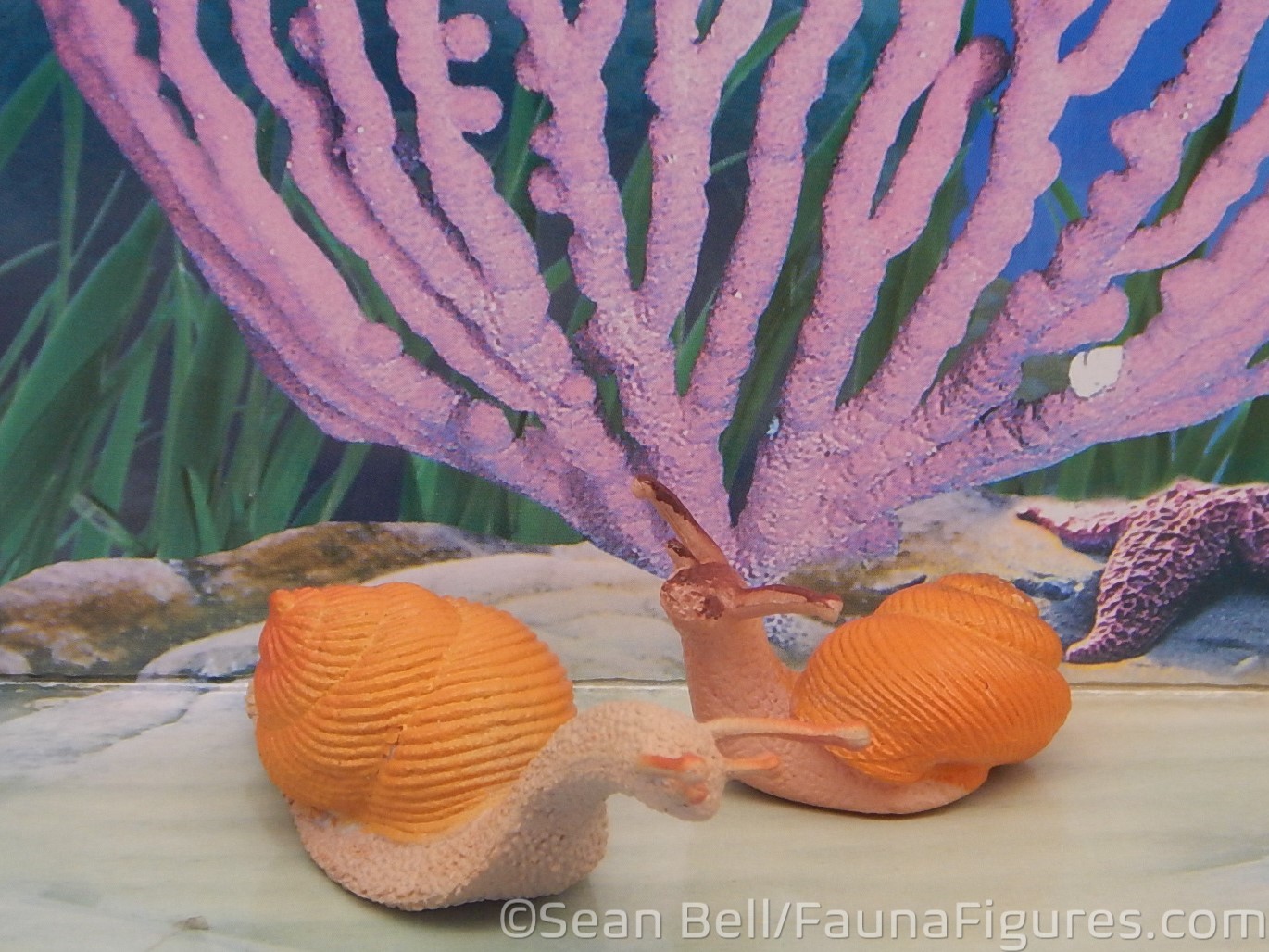
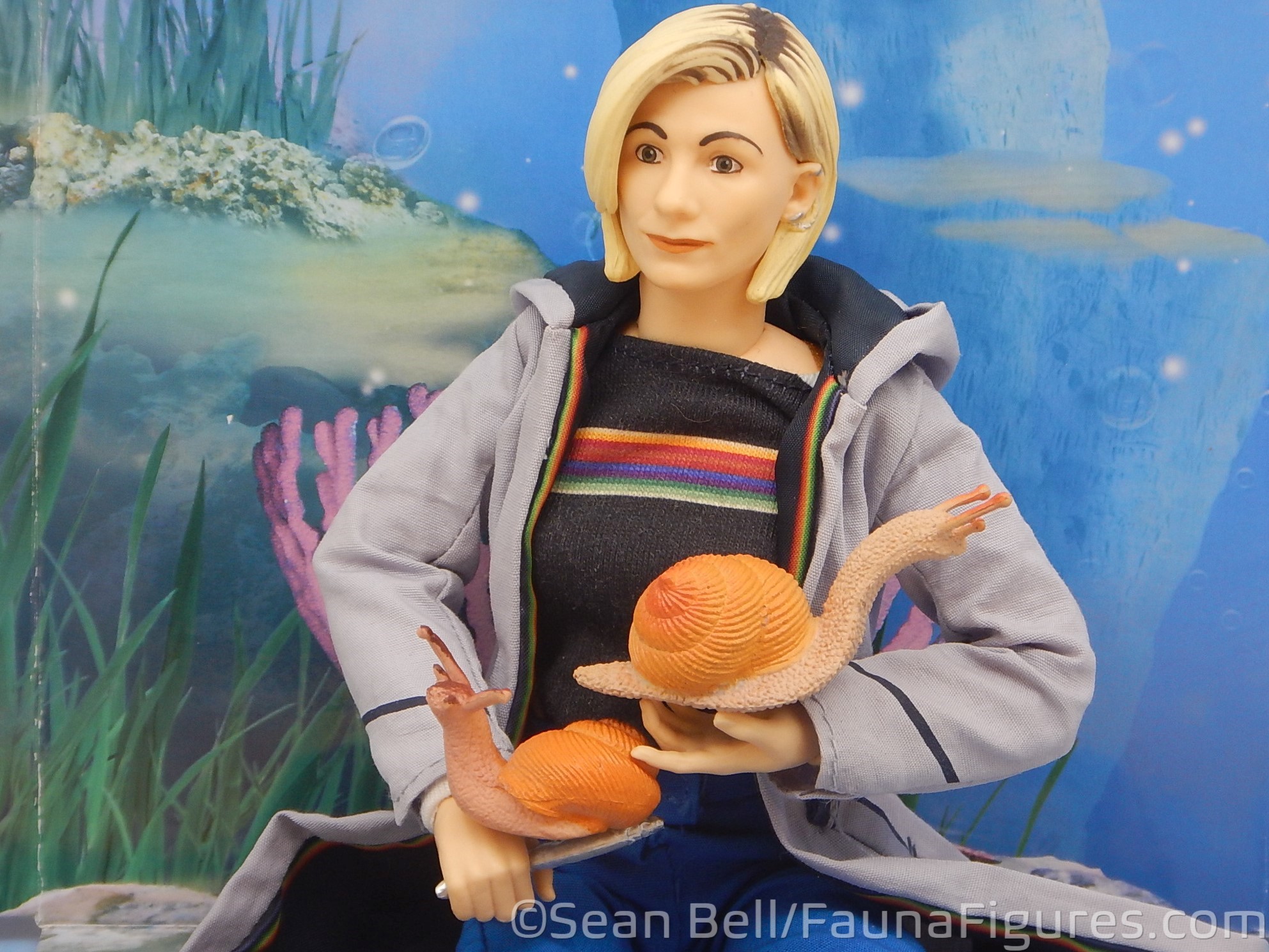





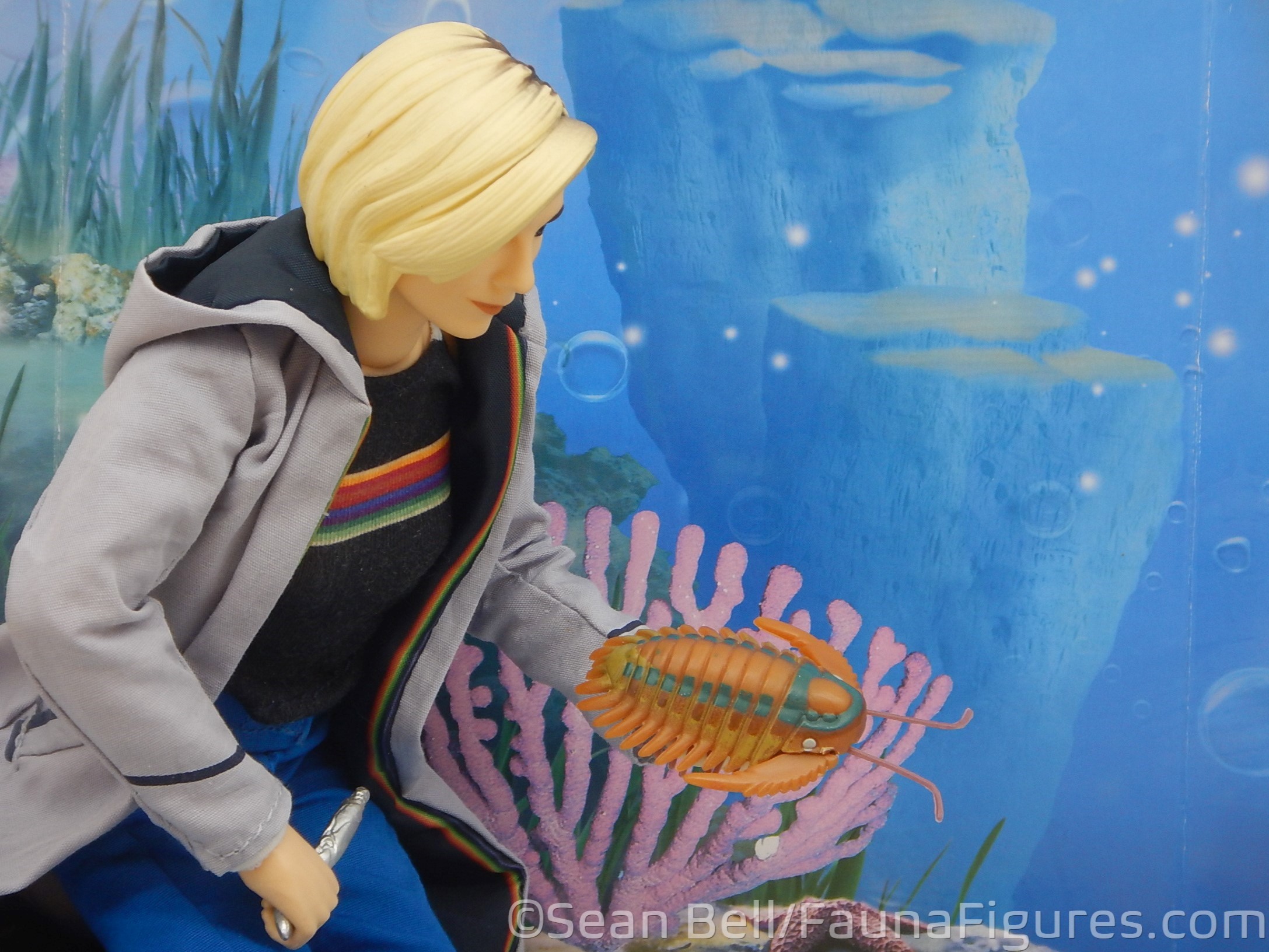
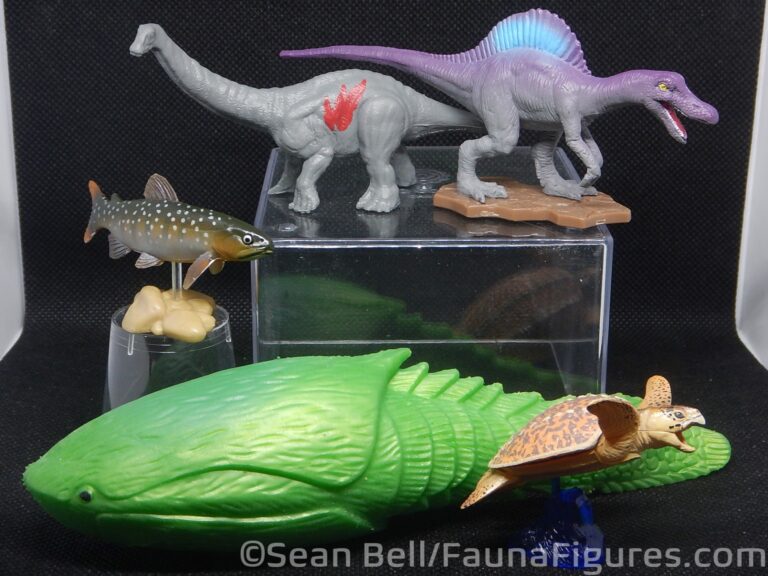
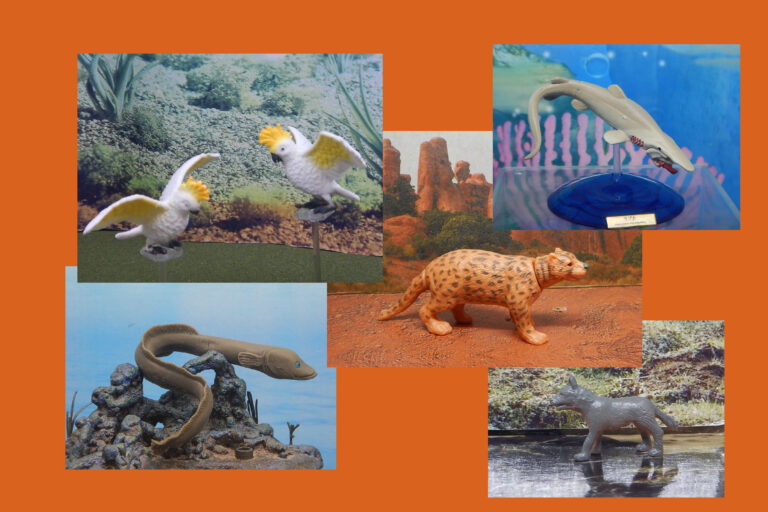
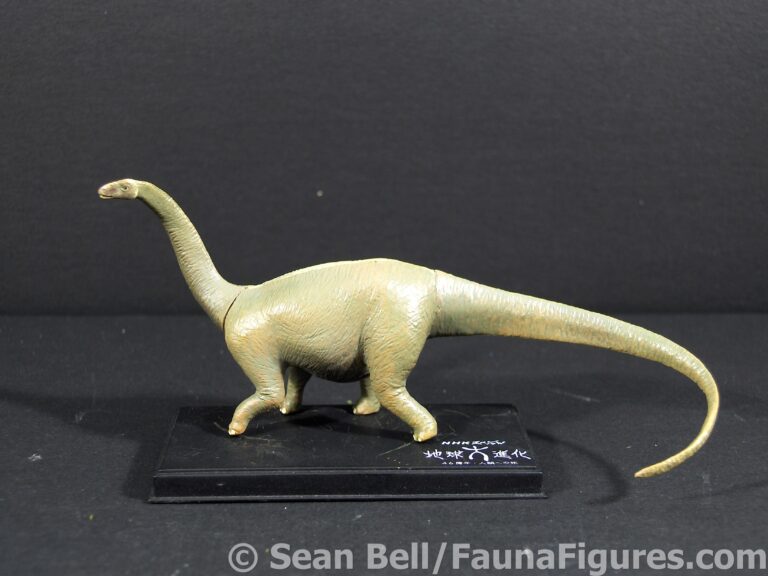
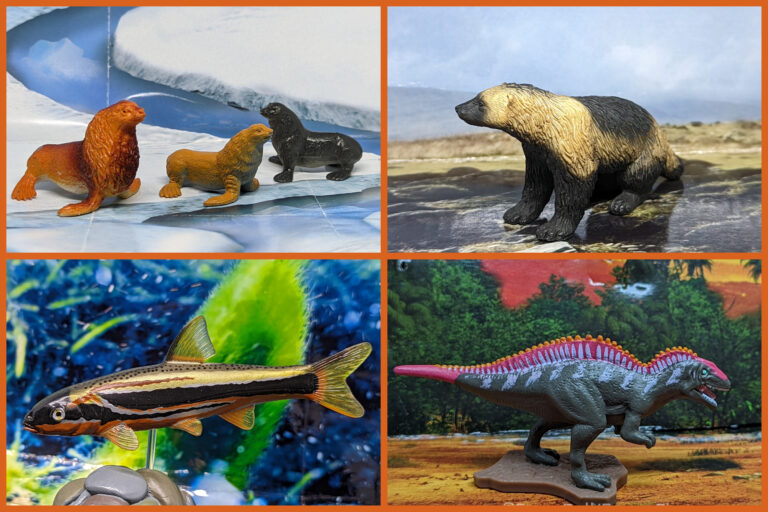
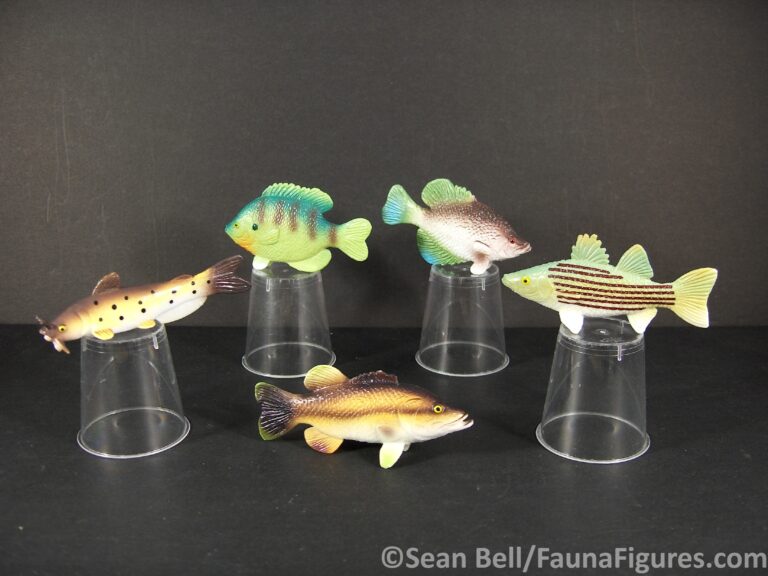
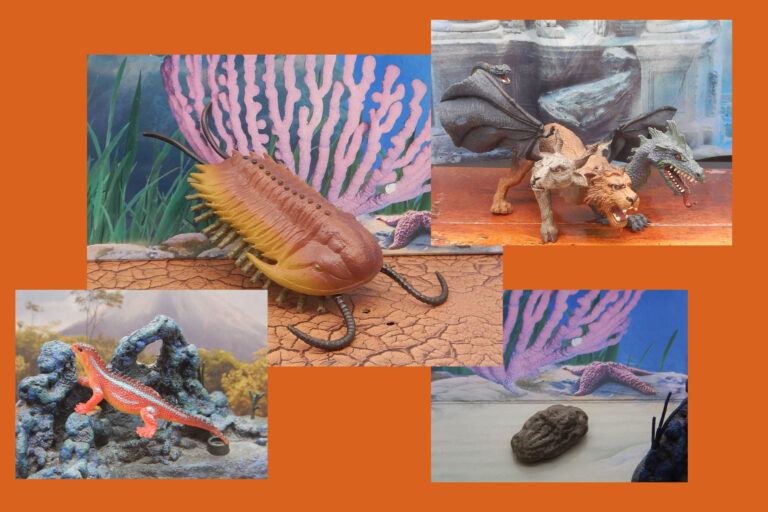
Pingback: Vault Tales 185 FigureFrenzy Coati, Gorilla, Sea lion, Penguins, Mammoth – Fauna Figures Blog